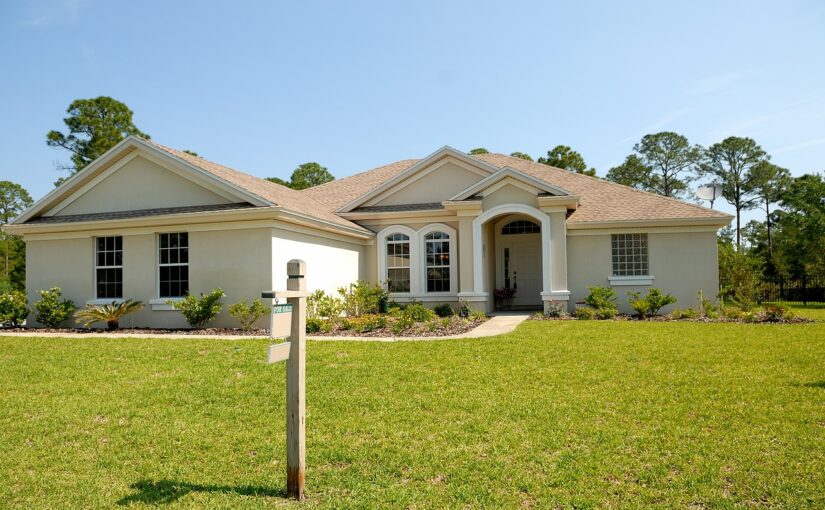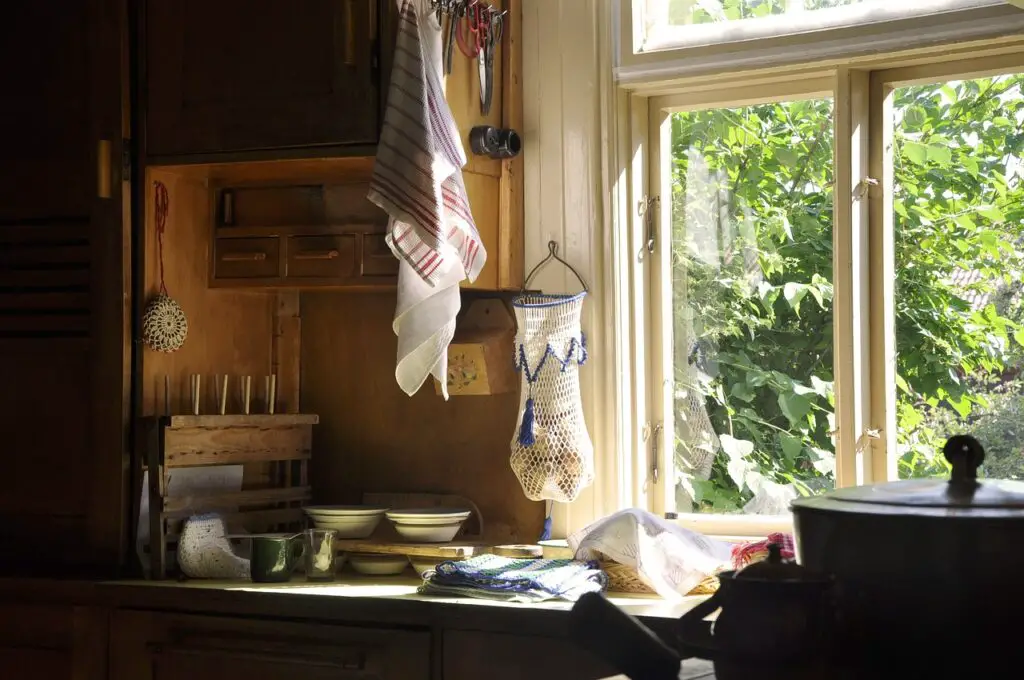Sydney, known for its stunning harbor, iconic landmarks, and vibrant culture, is also infamous for its high property prices. However, not all areas come with a hefty price tag. If you’re looking to own a piece of this dynamic city without breaking the bank, here are the five best affordable suburbs in Sydney.
1. Blacktown
Blacktown is a multicultural hub that offers a mix of residential, commercial, and recreational amenities. The suburb is known for its affordable housing, with median house prices significantly lower than Sydney’s average. Blacktown boasts excellent public transport links, schools, parks, and shopping centers, making it a great choice for families and professionals alike.
2. Penrith
Located at the foot of the Blue Mountains, Penrith is a growing suburb with a lot to offer. The area combines natural beauty with urban convenience, featuring numerous parks, sporting facilities, and shopping centers. Penrith’s property prices are among the most affordable in Sydney, and it’s well-served by public transport, including the Western Line train service.
3. Campbelltown
Campbelltown is a thriving suburb with a strong sense of community. It provides a variety of housing options, from apartments to family homes, at more affordable prices. The area is home to several educational institutions, including Western Sydney University, and offers plenty of recreational activities with its numerous parks and cultural events. Public transport connectivity is also robust, with frequent trains and buses to Sydney’s CBD.
4. Liverpool
Liverpool is a bustling suburb known for its diverse population and vibrant cultural scene. The suburb has seen significant development in recent years, including upgrades to its public transport infrastructure, making it an even more attractive place to live. Housing in Liverpool remains affordable compared to inner-city areas, and the suburb features ample shopping, dining, and entertainment options.
5. Bankstown
Bankstown offers a blend of affordability and convenience. This culturally diverse suburb has a rich history and a range of amenities, including schools, hospitals, and shopping centers. Bankstown’s property market remains accessible to first-time buyers and investors, and its public transport options, including a major train station, ensure easy access to Sydney’s CBD.

Tips for Getting an Affordable House in Sydney
1. Do Your Research
Understanding the market is crucial. Look into different suburbs, compare prices, and keep an eye on trends. Websites like Domain and Realestate.com.au can provide valuable insights into current property values and trends.
2. Get Pre-Approval for a Loan
Having a pre-approved loan can give you a better idea of your budget and show sellers that you are a serious buyer. This can sometimes give you an edge in negotiations.
3. Work with a Buyers Agent
A buyers agent in Sydney can be a valuable ally in your property search. They have extensive knowledge of the local market, can help you find properties that meet your criteria, and negotiate on your behalf. This can save you time, stress, and potentially money.
4. Consider Older Homes
Older homes can often be purchased at a lower price and renovated over time. This can be a more affordable way to enter the market and eventually own a home that meets your needs perfectly.
5. Be Ready to Act Quickly
The property market in Sydney can move fast. Once you find a property that fits your needs and budget, be prepared to make an offer quickly to avoid missing out.
6. Attend Auctions
Auctions can sometimes offer properties at lower prices than private sales, especially if the property hasn’t attracted much interest. However, make sure you are well-prepared and understand the auction process.
7. Look for Government Grants and Incentives
There are various grants and incentives available for first-time home buyers in New South Wales. The First Home Owner Grant (FHOG) and stamp duty concessions can significantly reduce the cost of buying a property.
Conclusion
Finding an affordable home in Sydney might seem challenging, but by exploring suburbs like Blacktown, Penrith, Campbelltown, Liverpool, and Bankstown, you can discover great options that fit your budget. Combine this with thorough research, financial preparation, and potentially working with a buyers agent, and you’ll be well on your way to owning a home in one of the world’s most exciting cities.

















